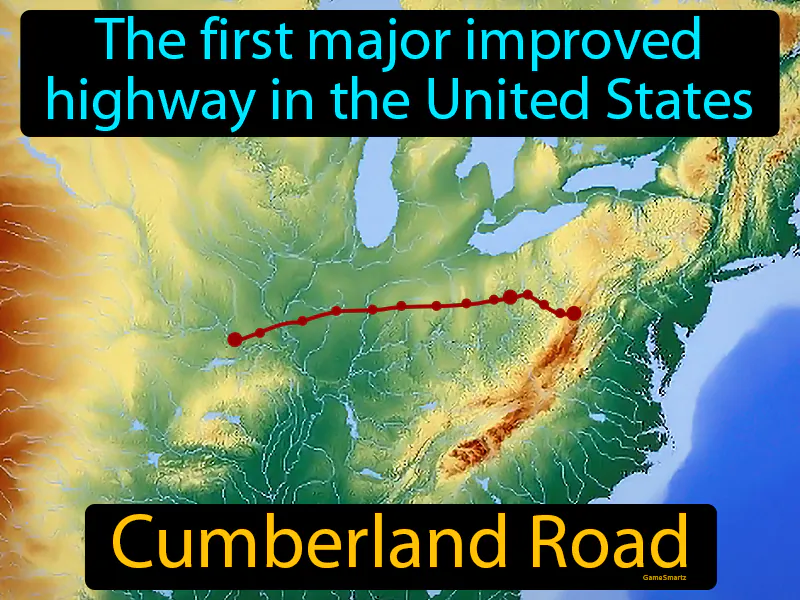Cumberland Road

The Cumberland Road, also known as the National Road, was the first major highway built by the federal government, starting in 1811 and stretching from Maryland to Illinois. It played a crucial role in connecting the eastern United States with the western frontier, promoting trade, travel, and settlement, which contributed to a sense of unity and national identity during the early 1800s. For Americans at the time, it symbolized progress, innovation, and the federal government's commitment to improving the nation's infrastructure. Today, the values behind the Cumberland Road, such as connectivity and accessibility, are reflected in modern infrastructure projects like the interstate highway system that help people travel and goods reach markets efficiently. For example, highways today allow for the quick delivery of online orders, showing how the idea of connectedness from the past still impacts our daily lives.
Practice Version

Cumberland Road: The first major improved highway in the United States. Cumberland Road. Cumberland Road, also known as the National Road, was the first federally funded highway in the U.S., built in the early 19th century to facilitate westward expansion.